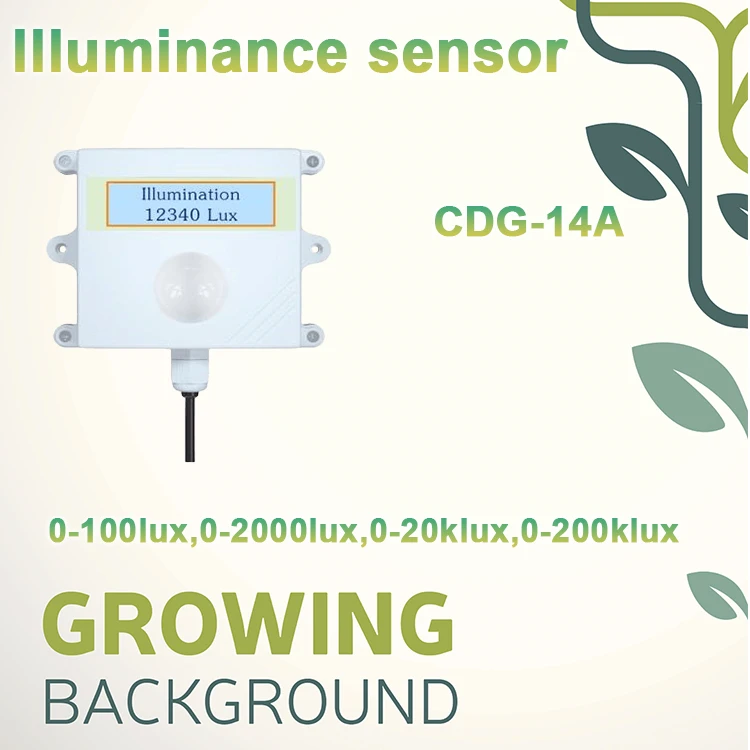
# Light Detector Sensor Technology
## Introduction to Light Detector Sensors
Light detector sensors are essential components in modern technology, enabling devices to measure and respond to light levels. These sensors convert light energy into electrical signals, which can then be processed and utilized in various applications. From simple ambient light detection to complex imaging systems, light detector sensors play a crucial role in numerous industries.
## How Light Detector Sensors Work
Light detector sensors operate based on the principle of photoelectric effect. When photons strike the sensor’s surface, they generate electron-hole pairs, creating an electrical current proportional to the light intensity. The most common types of light detector sensors include:
– Photodiodes
– Phototransistors
– Photoresistors (LDRs)
– Charge-coupled devices (CCDs)
– CMOS image sensors
## Applications of Light Detector Sensors
Light detector sensors find applications across various fields:
### Consumer Electronics
Smartphones, tablets, and laptops use ambient light sensors to automatically adjust screen brightness, improving battery life and user comfort.
### Automotive Industry
Modern vehicles incorporate light sensors for automatic headlight control, rain-sensing wipers, and driver assistance systems.
### Industrial Automation
Light detectors are used in quality control systems, object detection, and process monitoring in manufacturing environments.
### Security Systems
Motion-activated lights and surveillance cameras rely on light sensors to optimize performance in different lighting conditions.
## Advancements in Light Detector Technology
Recent developments in light detector sensor technology include:
1. Improved sensitivity and dynamic range
2. Miniaturization for integration into smaller devices
3. Enhanced spectral response for specific applications
4. Lower power consumption for IoT devices
5. Smart sensors with built-in processing capabilities
## Choosing the Right Light Detector Sensor
When selecting a light detector sensor, consider these factors:
– Required sensitivity and response time
– Spectral range (visible, IR, UV)
– Operating environment (temperature, humidity)
– Power requirements
– Output signal type (analog or digital)
– Cost and availability
## Future Trends in Light Detection
The future of light detector sensor technology looks promising with emerging trends such as:
– Quantum dot-based sensors for higher efficiency
– Flexible and wearable light sensors
– Integration with AI for smarter light detection systems
– Development of bio-inspired photodetectors
– Expansion into new wavelength ranges for specialized applications
As technology continues to evolve, light detector sensors will become even more sophisticated, enabling new applications and improving existing ones across various industries.
Keyword: light detector sensor
